When I first read about the Kodak Ektra smartphone, I was intrigued. A phone with an honest-to-goodness camera, designed by Kodak specifically for photographers! However, when it rolled-out here in the US, it was not compatible with my mobile phone carrier, so I quickly moved it to the back of my mind. Well, those clever marketers at B&H Photo in NYC kept reminding me that I once had an interest in it, so I recently acquired one for $119 USD. For that kind of money I just had to try it!
Initially, the Kodak Ektra was priced in the stratosphere like every other smartphone. In fact, all of the YouTube reviews I could find rated it based on a cost well over $500. But Kodak currently sells a bundle directly for $129 with a beautiful leather case, glass screen protector, 64GB micro SD card and free shipping. For some reason, only our side of the pond gets this massive discount. In the UK where the Bullitt Group is located (makers of the hardware and software) it still lists for £369.99
Price aside, what’s not to like? Stylish design, physical shutter button with 1/2 press focus lock, 21MP camera, and expandable memory! So it arrived from B&H and I set out to test it. Initial reviews said it was slow, had poor AWB, sub-par build quality and the like. Well I can confirm that it is indeed mostly plastic with a faux leather surface. But it feels and looks good, albeit a bit hollow. The lens is covered by Corning Gorilla Glass 3, as is the entire back, so I’m not sure why they gave me a screen protector.
Operational speed is, for lack of a better word, deliberate. There is a slight delay when the camera focuses and lights a double bullseye upon pressing the shutter button. This indicates the metering and focus points (I’m guessing since there is no documentation on metering pattern and what these symbols mean). The shutter button works, but ergonomically for me, was not ideal for one-handed use. It did work somewhat better when holding the camera with two hands. The on-screen shutter button is sometimes more functional.
As far as the photo-centric design and GUI, let’s talk. OK, so they placed a DSLR-like dial in the bottom right of the camera screen which allows the user to quickly choose between Auto Mode, Manual, Night, Bokeh, Landscape, Portrait….you get the idea. In Manual Mode, the user can also adjust the shutter speed, ISO, WB and Exposure Value. Although pictured, the aperture is not variable. It is fixed at f/2.0 and the option is grayed-out.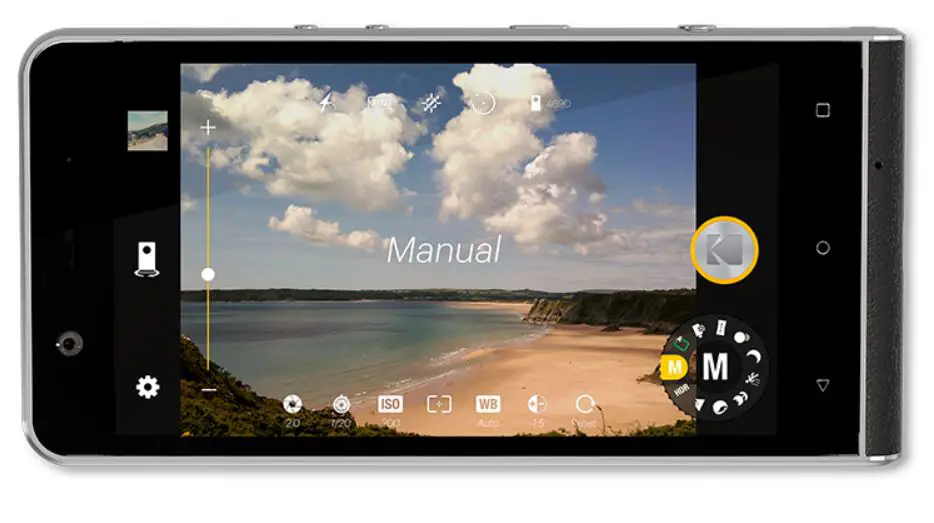
Within the setting screen there are a couple of options, one of which allows you to assign different functions to the hardware volume +/- buttons. Allowing EV adjustment to be set with the volume buttons in any mode (not just manual) would make this camera so much better for JPEG shooters. This was their biggest miss.
One of the many things they did right was allow manual shooters to capture in RAW+JPEG. The RAW files can be edited on-board via Google’s Snapseed or exported and manipulated. The RAW files are in Adobe DNG format. The photos I have shared here are 100% in-camera JPEGs.
These sample images were taken on an extremely overcast day and a subsequent day of pure sunshine. I found the AWB to be perfectly acceptable. Even when filling the screen with the backside of a garishly colored American muscle car, the AWB did not fail.
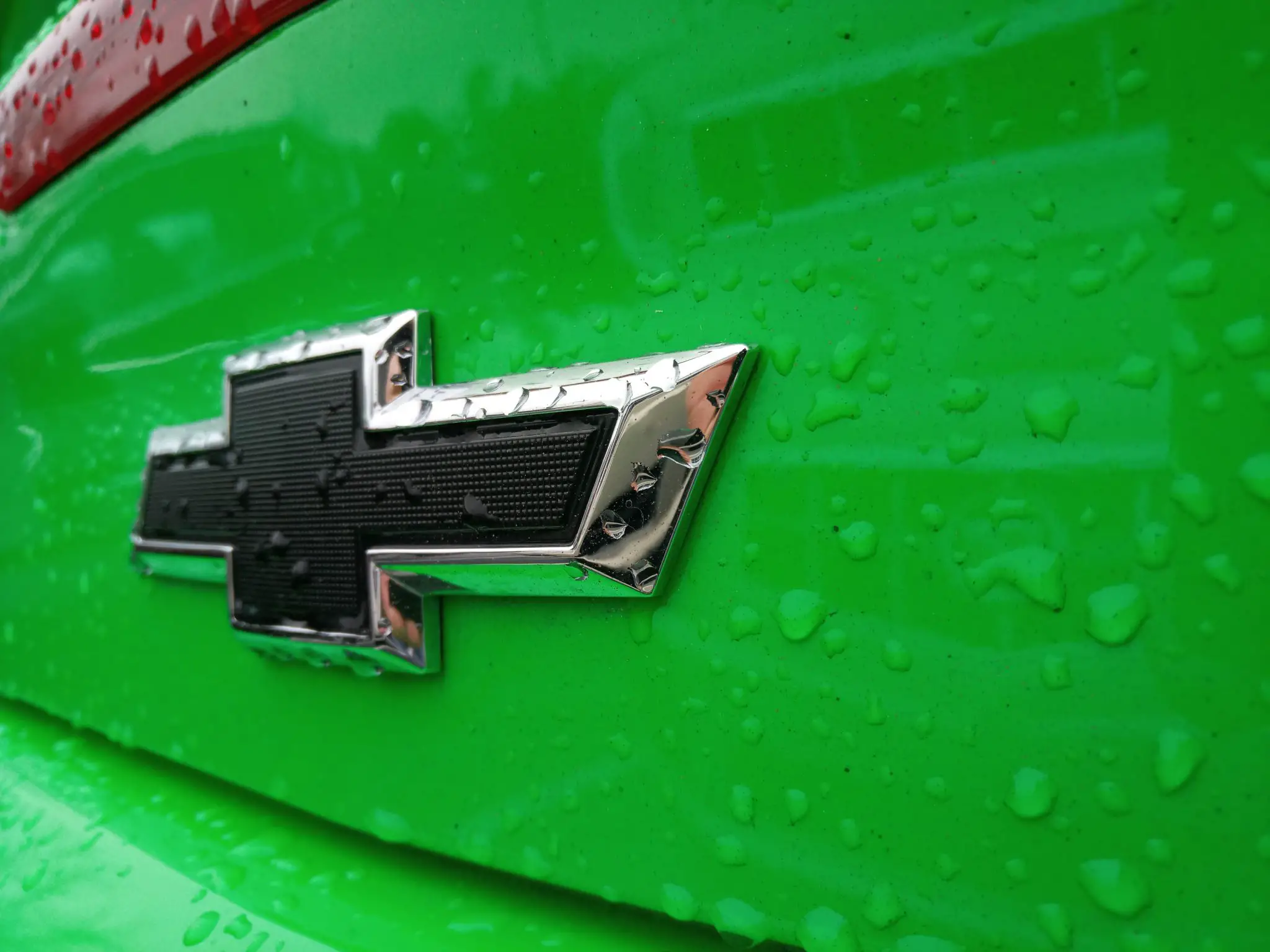
One of the more interesting modes is Bokeh, which takes both a foreground and background image and blurs the latter. There is a slight delay between the two images, then the two images are processed and stacked. Sometimes it works and sometimes it doesn’t.
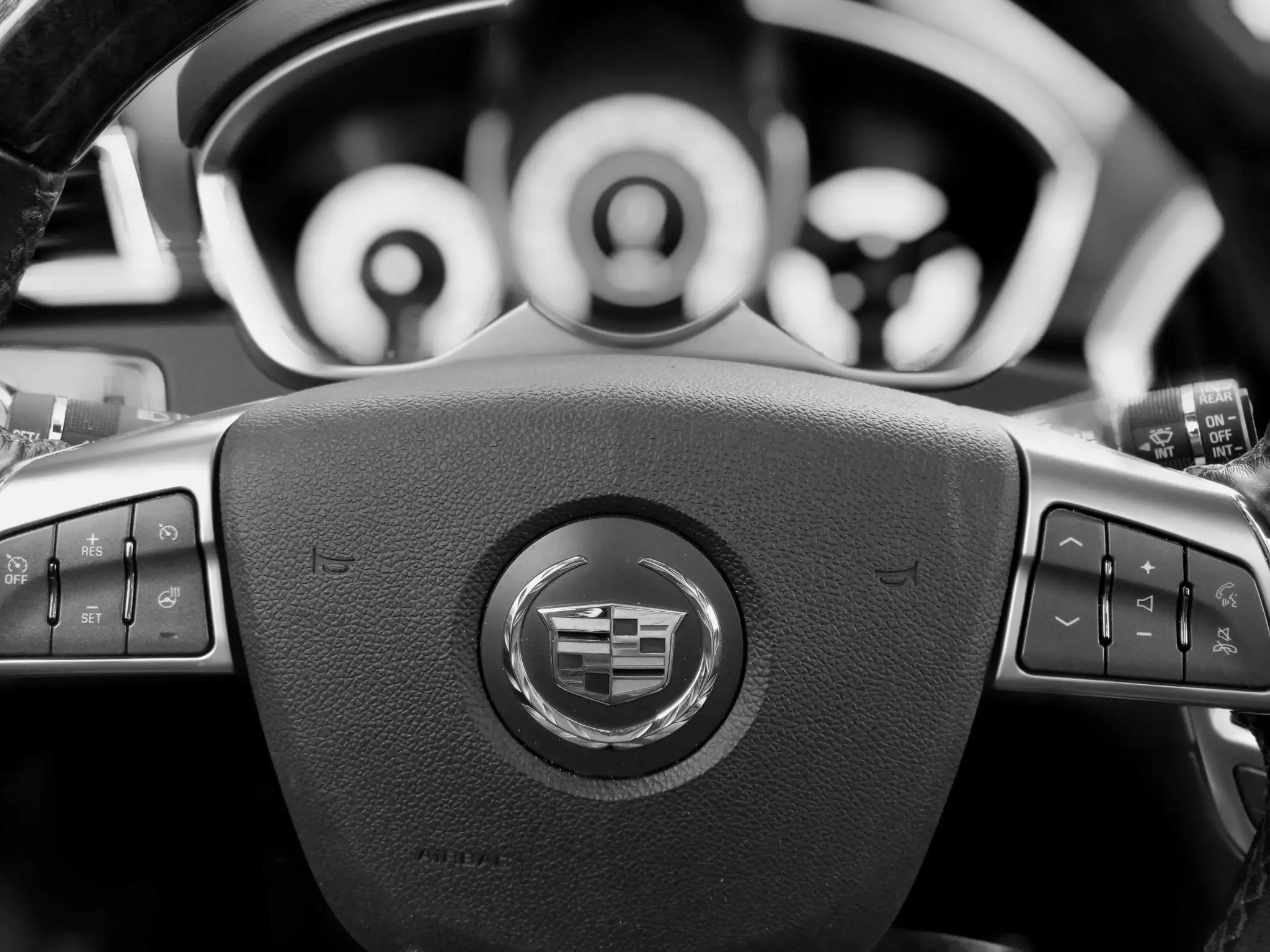
Whatever the meter pattern is, it does a pretty good job on exposure. This church exterior is obviously much brighter than 18% gray, yet was exposed admirably.
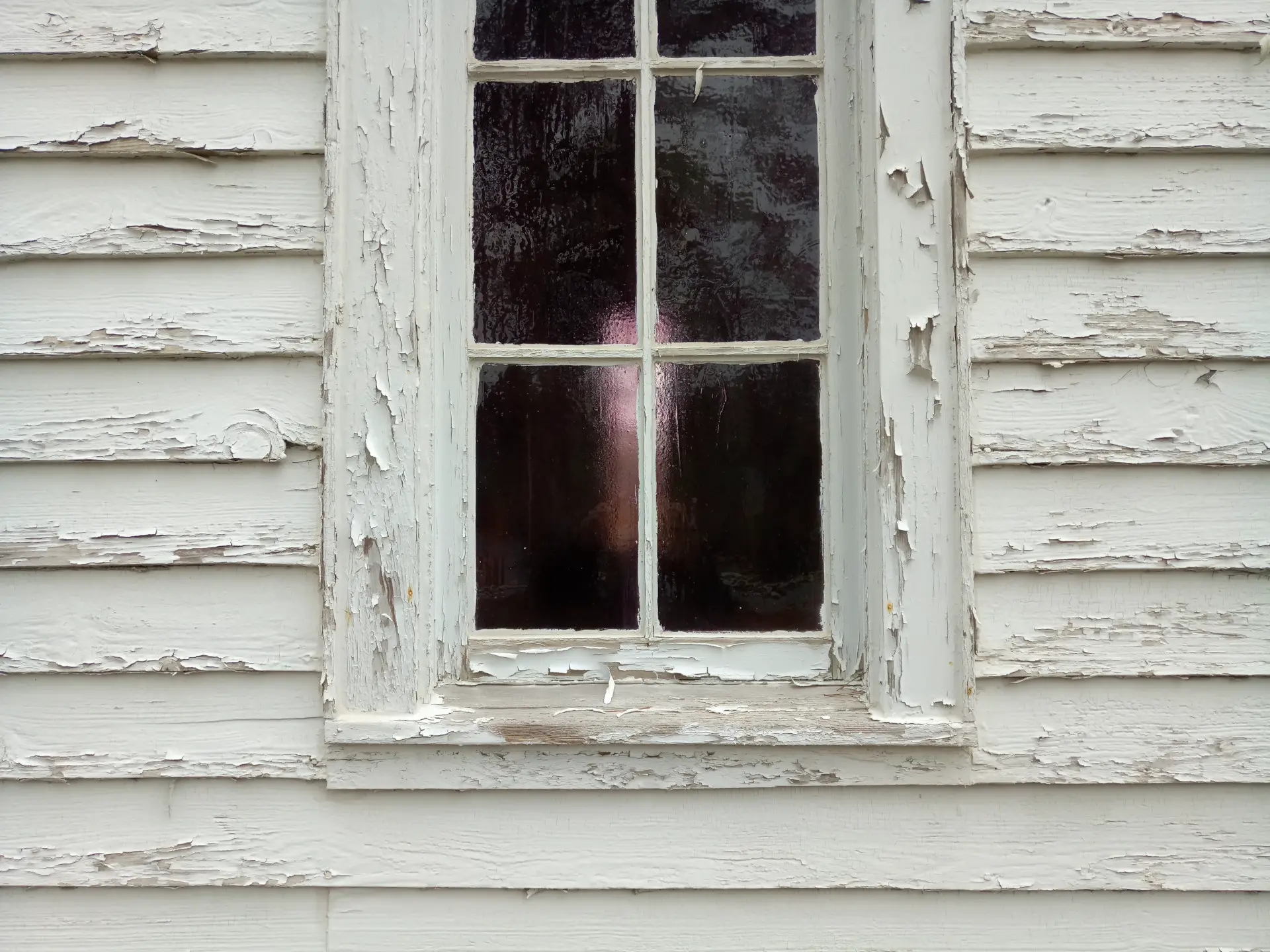
These concrete pavers were a good test of both AWB and exposure and are spot-on.
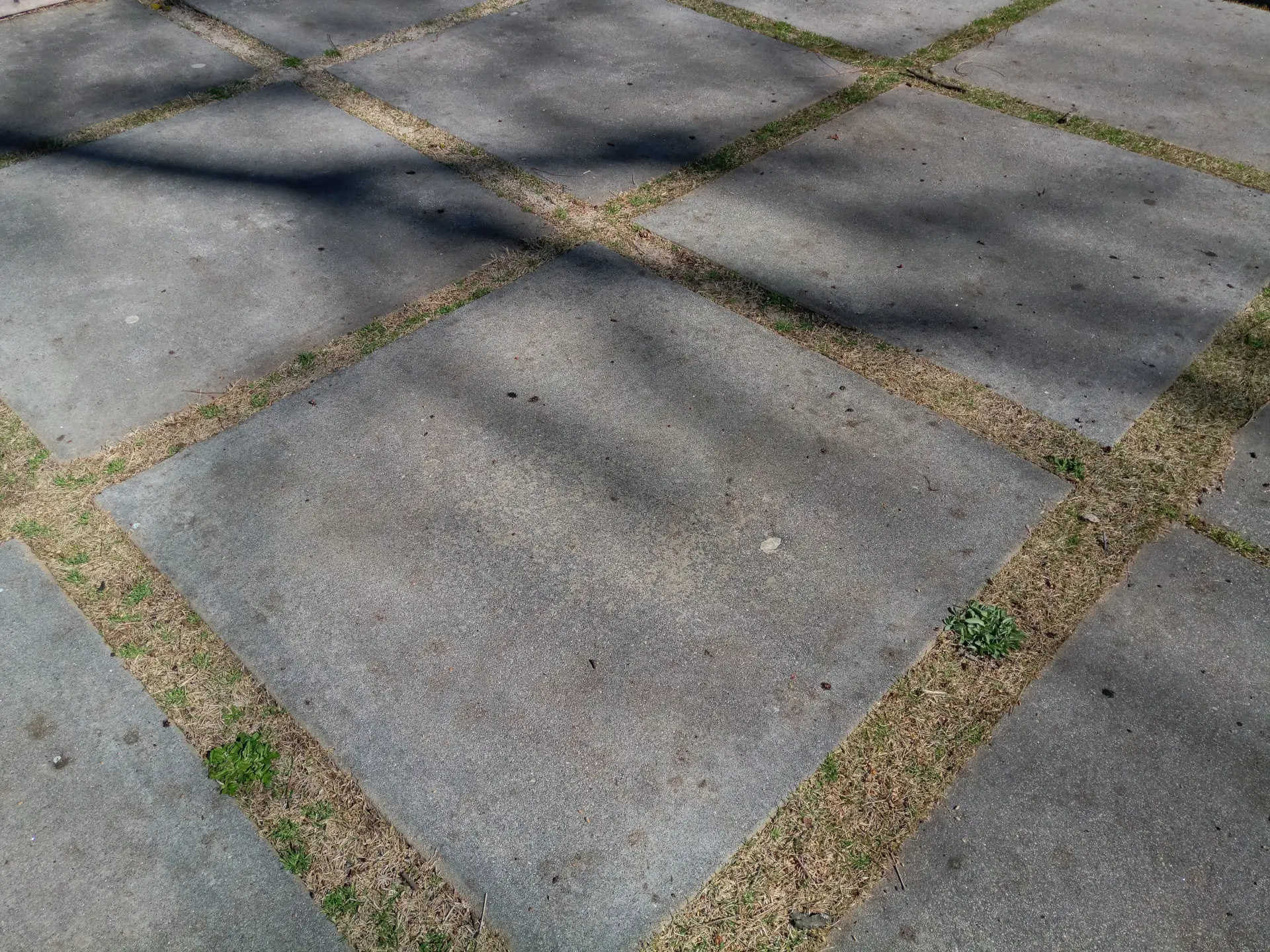
The Macro Mode works fine and with 21MP there is detail galore!

Even with sunny f/16 conditions and a glaring white facade, exposure and white balance were nailed.

So, in conclusion, if you’re in the market for a new GSM mobile phone, that also takes pictures, you could do worse than the Kodak Ektra. I give it a solid B+. Given current pricing, it is a lot of technology for the money. Had they spent a little more time asking photographers what features we’d like to see in a mobile phone, this handset could be so much better. A metal frame and easier exposure compensation would go a long way.
Share this post:
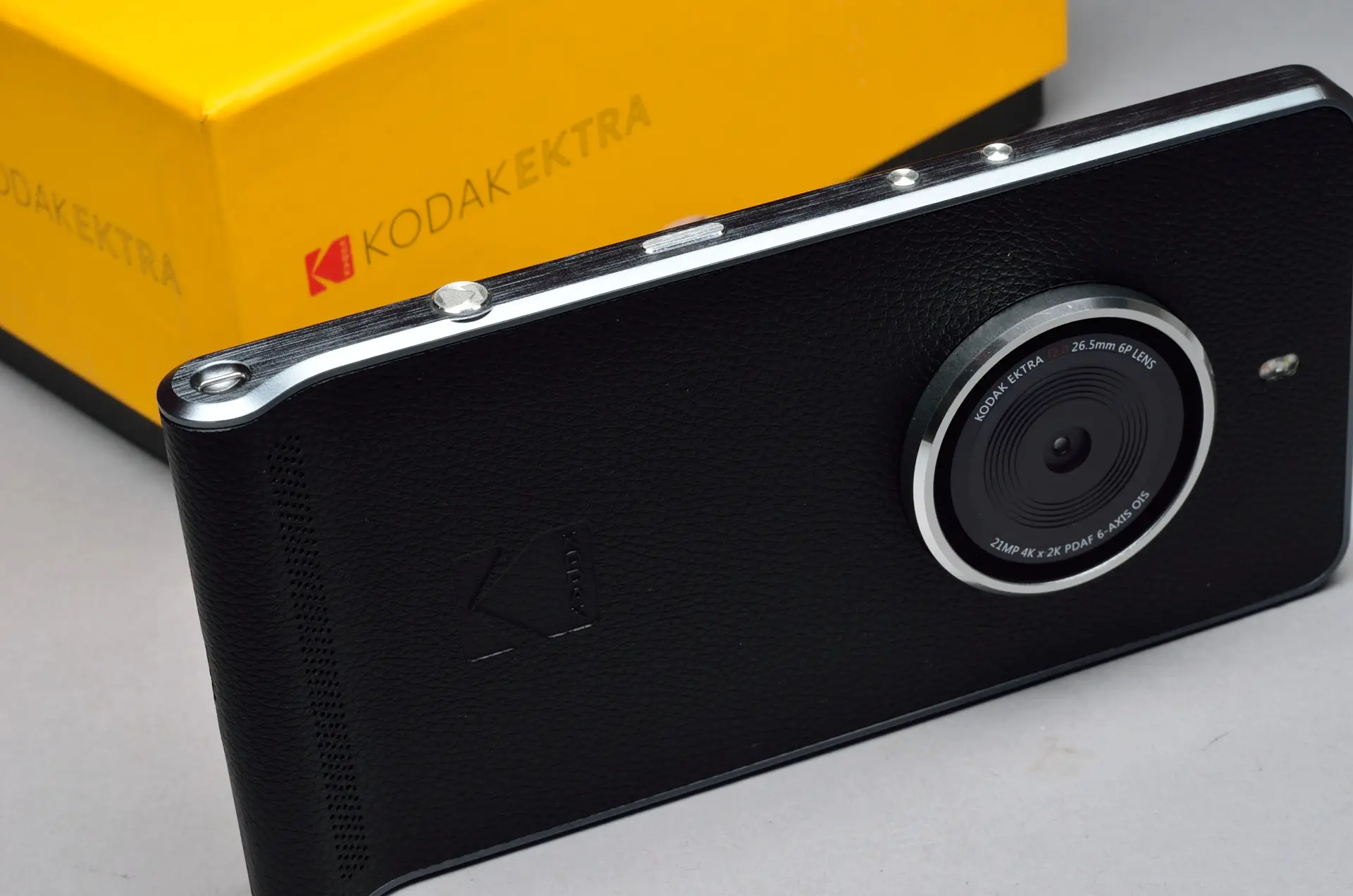








Comments
Tom Aspin on Kodak Ektra Mobile Phone Review – By JK Lockwood
Comment posted: 21/03/2018